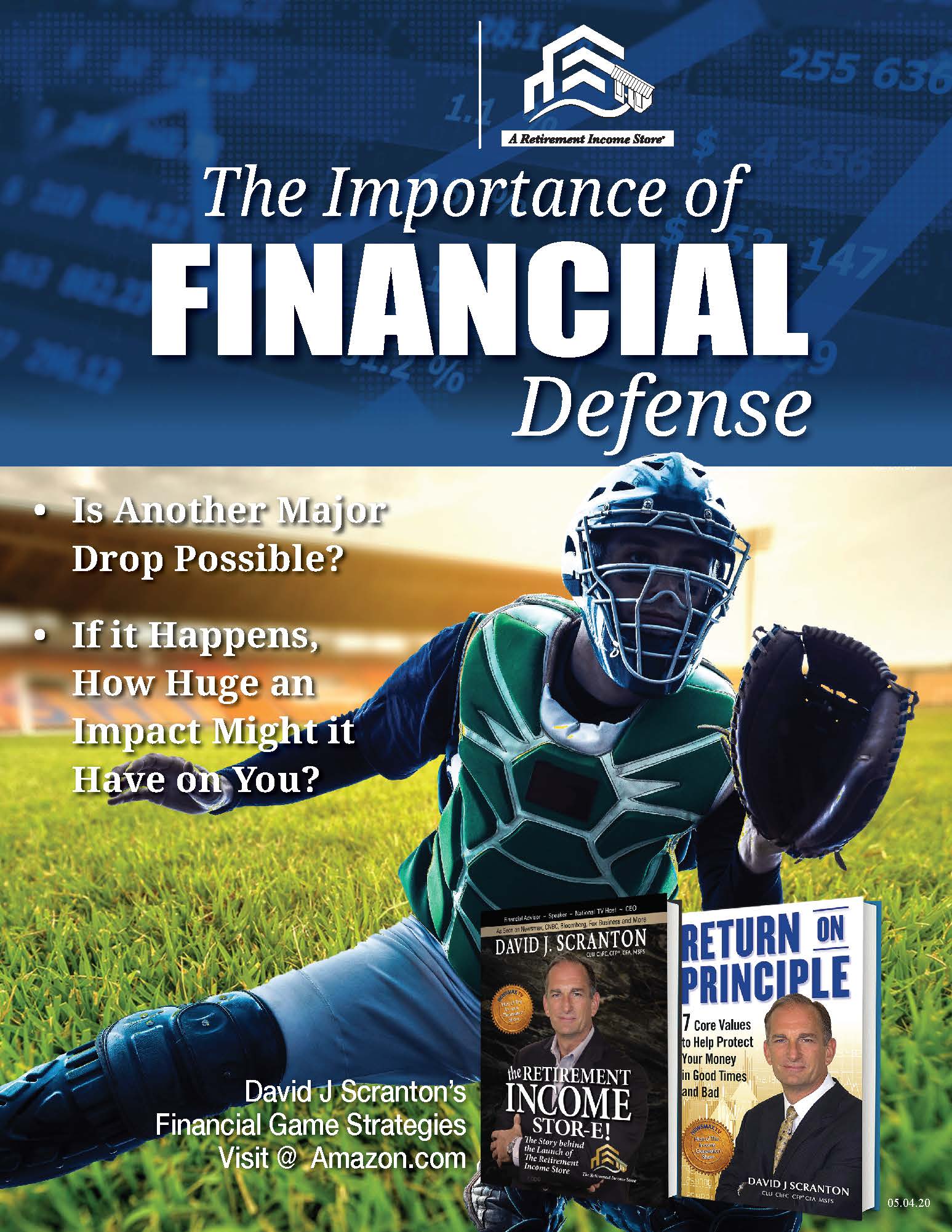
Before you retire, you should know what all your various sources of income will be, and how much you can expect to receive from each. Obviously, Social Security benefits will be one of those sources, but how much you can expect to receive depends on many factors. There are ways to maximize your benefits and get the most that you’re entitled to, and there are strategies to minimize your tax burden from Social Security. The most important thing to consider in working toward those goals, however, is whether your Social Security benefits are coordinated properly with your other assets and sources of retirement income. We’ll address that shortly, but let’s begin with some basic facts about Social Security.















